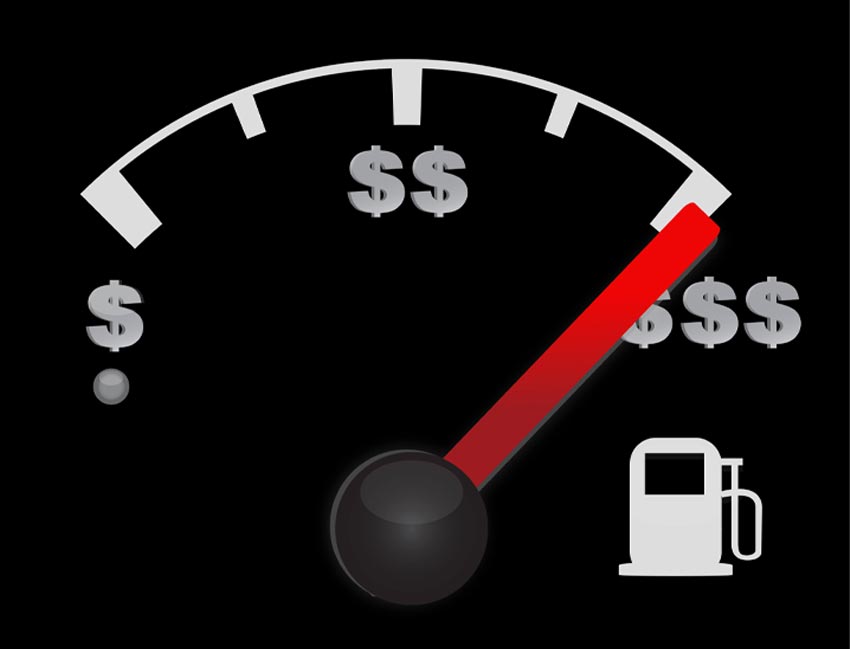
Cost-per-mile is a big issue for truck owner-operators. When they calculate an accurate cost-per-mile, they have the information necessary to get the most revenue out of their time and effort. Look at the details involved in properly calculating cost-per-mile.
Fixed Costs in Trucking
An article published in Overdrive on June 10th, 2020, gives several examples of fixed costs for an owner/operator. These costs include insurance, monthly truck and trailer payments as well as Internet/phone costs. Take those yearly fixed costs and total them for a specific unit of time. Then, divide that number by the total number of miles you traveled during that period.
Variable Costs in Trucking
Variable costs include things like repairs, parts, and gas. This list is going to vary among drivers. Add your total variable costs to your fixed cost-per-mile to arrive at an accurate cost-per-mile amount.
Keeping Organized Records
Truck drivers who keep organized records of profits and losses have an advantage. Looking at these statements over several months can reveal trends. A truck driver may notice a particular cost rising for a few months and can use that information to make adjustments to lower it. A driver can also see increased revenue.
Weighing the Cost
Keeping monthly profit and loss statements can help drivers to see the true cost of repairs or replacements of parts on their vehicle. Does it make more financial sense to repair or replace?
Being knowledgeable about your own cost-per-mile as well as profits and losses allows you to make financially sound decisions regarding your business.



